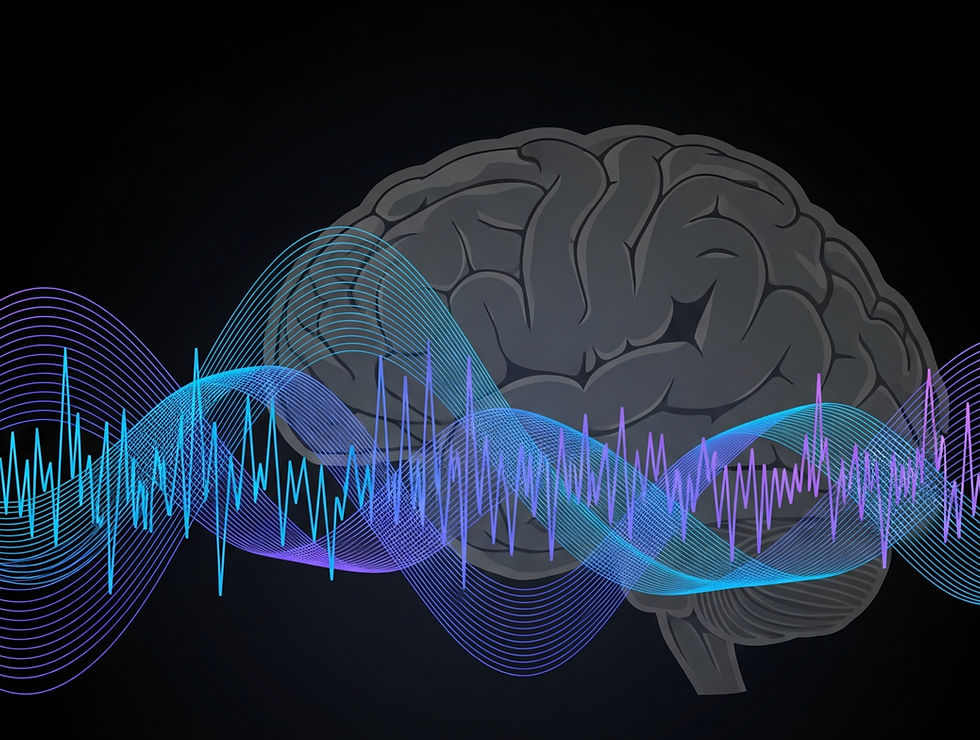A Future Where Brain and Technology Connect: The Expanding Potential of BCI
- Yuki Sakai
- Aug 12
- 2 min read

A once-futuristic idea—machines that move just by thinking—is now beginning to take tangible form.
Brain-Computer Interfaces (BCIs) are technologies that translate brain activity directly into signals that can control digital devices. Without relying on fingers or limbs, and sometimes even tapping into unconscious thoughts and emotions, BCIs offer a direct interface between the brain and external systems. While originally developed for assistive use in medical and welfare contexts, BCI applications have rapidly expanded in recent years.
Today, individuals with paralysis can already control robotic arms using only their thoughts, enabling them to perform daily tasks. In other cases, users can navigate virtual reality environments via brainwave signals alone. These are no longer theoretical; they’re being tested and demonstrated in real-world scenarios. Moreover, the ability to monitor and respond to attention levels or stress in real time is opening up new possibilities in fields like education, sports, and mental health.
So why is BCI attracting so much attention now?
The answer lies in the dramatic advances in sensing and signal processing technologies. Brainwave measurement, once expensive and unwieldy, has become lighter, faster, and more accessible. For instance, in the 1950s, EEG amplifiers were so large they resembled a 500-liter refrigerator. Today, thanks to miniaturization, some models are as small as a business card—depending on the quality and purpose.
Of course, this evolution raises important ethical and social concerns. Brain activity is deeply personal data, and using it responsibly means we must consider issues of privacy and data governance. As we marvel at the promise of this technology, we must continue asking ourselves critical questions: How should it be used? Who is using it, and for what purpose? Rather than simply reading the brain, BCI can become a tool for understanding what makes us human—our feelings, values, and sensibilities.
At this intersection of thought and technology, we’re beginning to reexamine what it means to be connected. That future may be closer than we think.
At Xiberlinc, we are exploring this very frontier—developing brainwave- and biosignal-based BCI technologies, validating their accuracy, and designing new neural indicators. Our work bridges the gap between research and real-world application. As BCI continues to evolve, we are also reimagining the interface that links the mind (Psi) and society (Community)—the very idea behind our name: Xiberlinc.






